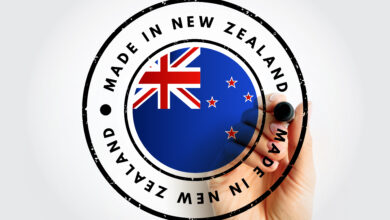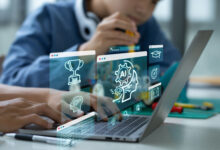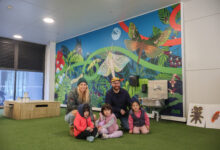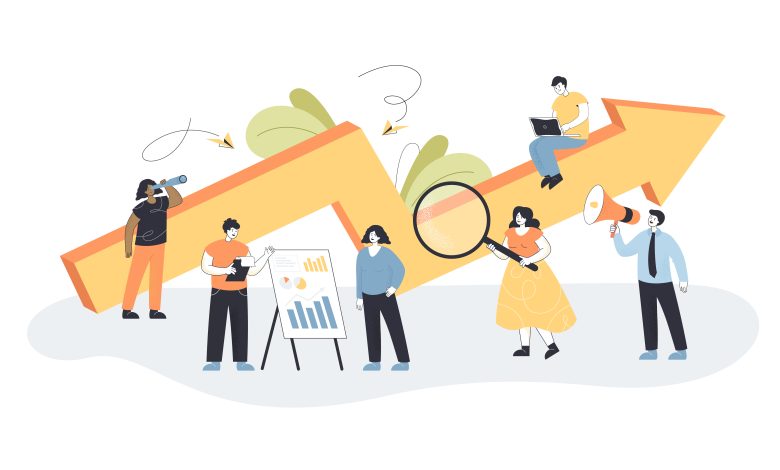
Showing relevance in what students learn in school promotes meaningful learning, facilitates knowledge of transfer, supports career and future planning, increases engagement, and improves retention of information.
Read the Term 3 edition of School News HERE
A recent example of connecting student learning to the “future of learning and work” was seen at Nelson College in a Year 10 Science class.
The chemistry unit chosen focused on pH, ions, acids, bases, and neutralisation. Alongside this, there was an emphasis on real-life connections and consequences of changes in pH for humans, society and/or the environment.
The science teachers taught the basic concepts of acids and bases, but to bring the unit alive and to link with local employers, the following activities and tasks were included in the programme of work:-
What does a Scientist look like? – Challenging stereotypes
Students were asked to rate how much they enjoyed science and how important it is for the future to have people who study science. Students were then asked to draw a picture of a scientist and to describe what they thought a scientist did in their job every day.
Students then went through an Instagram site, #scientistswhoselfie, on Twitter or Instagram. They looked at all the different types of scientists posted or real living scientists as most people cannot name living scientists, only those from history. Students identified things they learnt about the different scientists, listing the things they found unexpected or that went against their expectations.
Inspiring Futures Event
Towards the end of the unit of work, an Inspiring Futures Event was held.
Six role models that use acid and bases in their work every day attended the event to share their stories with the students. These included a Baker, Winemaker, Water Engineer, Pharmacist, Spat Farmer and Fertiliser Consultant. They engaged with students through several activities.
20 Questions
The role models, wearing casual clothes, sit in a row in front of the students. Students try to guess what job they each do by asking up to 20 questions. Role models can only answer with “yes” or “no”, “sometimes” or “maybe”. The role models then leave the room and change into their work clothes or collect a prop that represents the job they do.
The reveal
Role models return to the room wearing their work clothes or holding their props. They each reveal their job and talk for 2 to 3 minutes about how they use acids and bases in their work.
Speed Date
Students are separated into as many groups as there are role models. Each group visits each role model in turn. Students ask questions and learn more about their career pathways and the work they do.
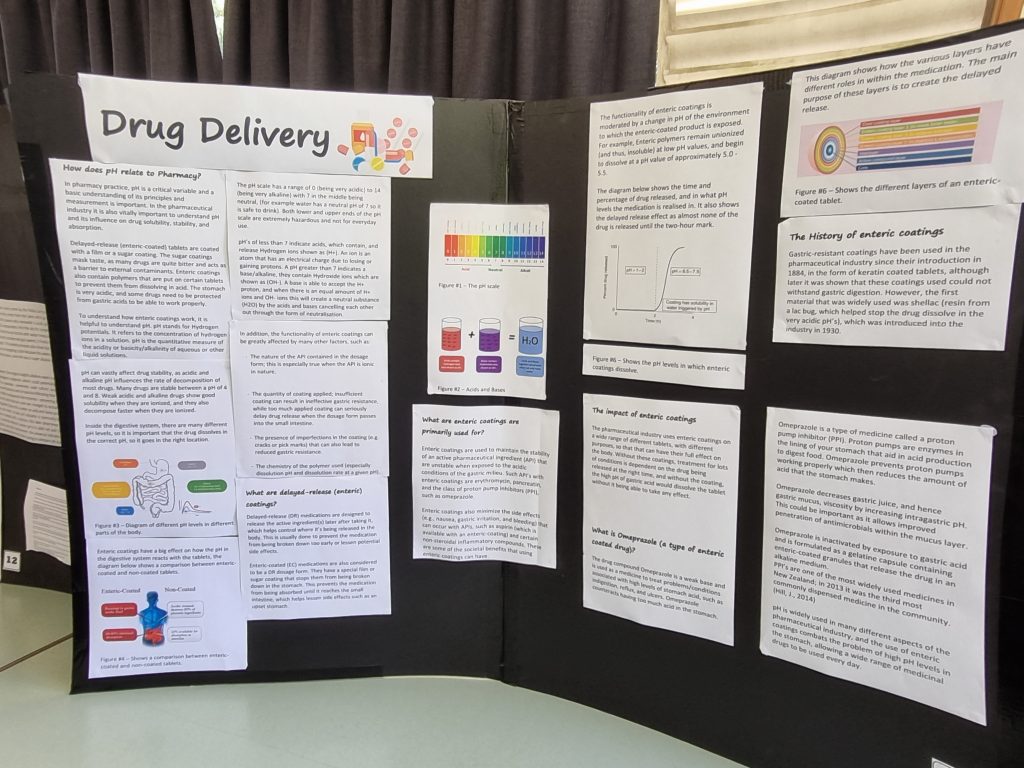
Project
Students using a local industry or everyday context of their choice, develop a conference poster presentation where they discuss and evaluate the implications and importance of acids and bases on society when used to make a product or solve a problem or issue. These were displayed in the school hall, and students presented their findings to the Year 7 and 8 students.
The Science teachers were very invested in the programme and believed that students started to see the connection between what they were learning and what happens in the real world. Dr Deb Stuart said, “This is how I want to teach; the programme has exceeded my expectations.”
The aim of the different activities was to open young people’s eyes to different industries and career roles available in the Nelson region, where science is a part of the work they do. Students were keen to learn about the different industries and showcase their knowledge to the younger students.






